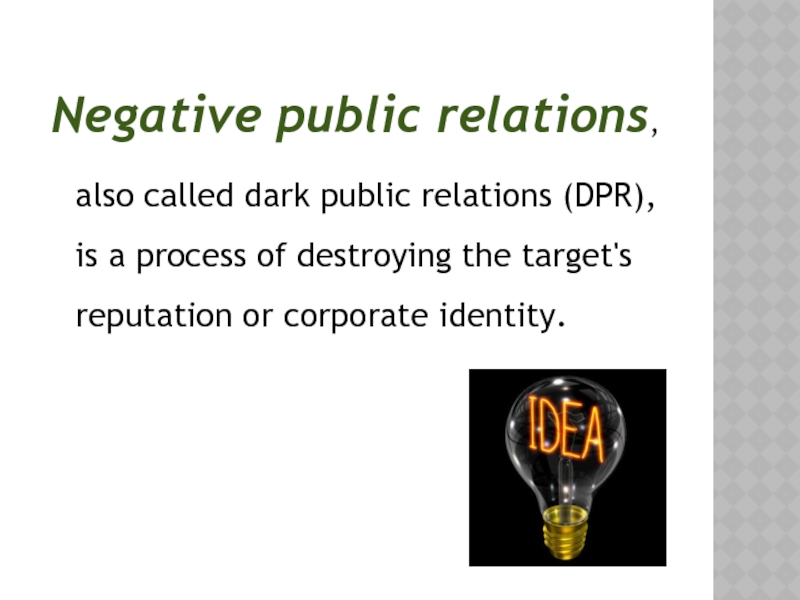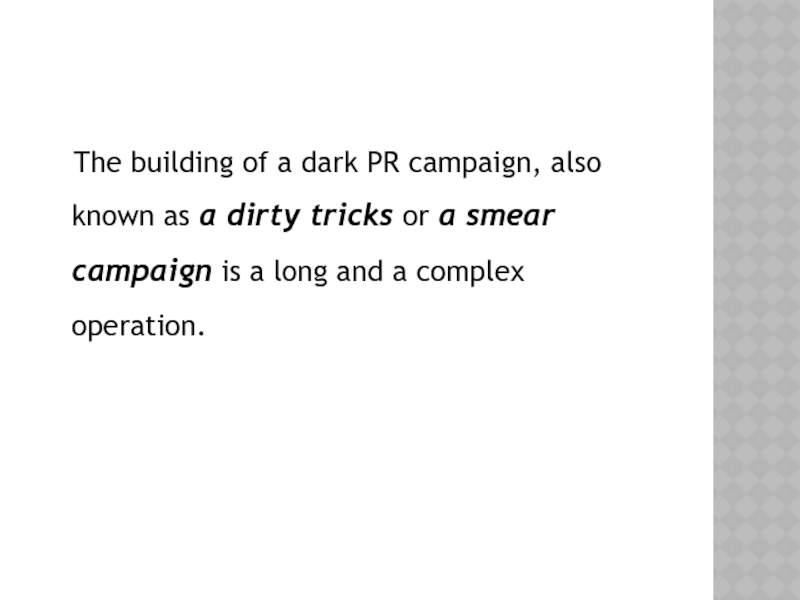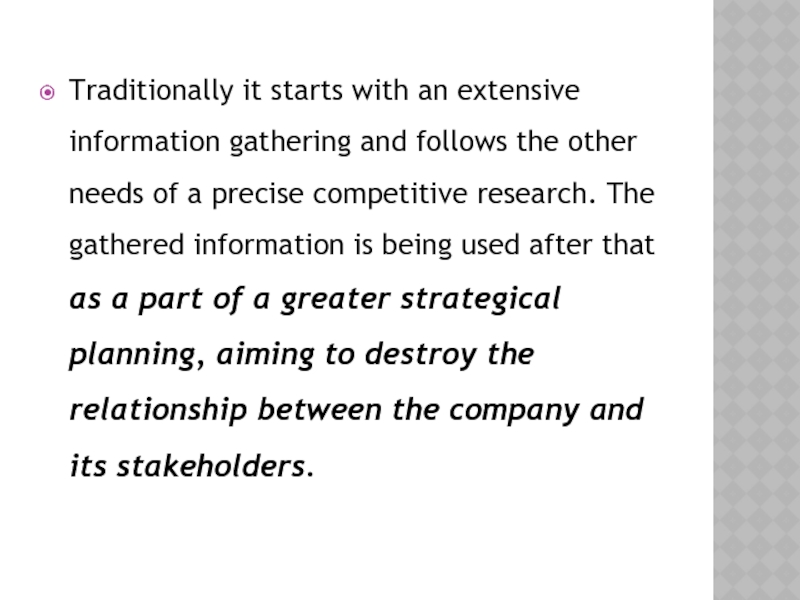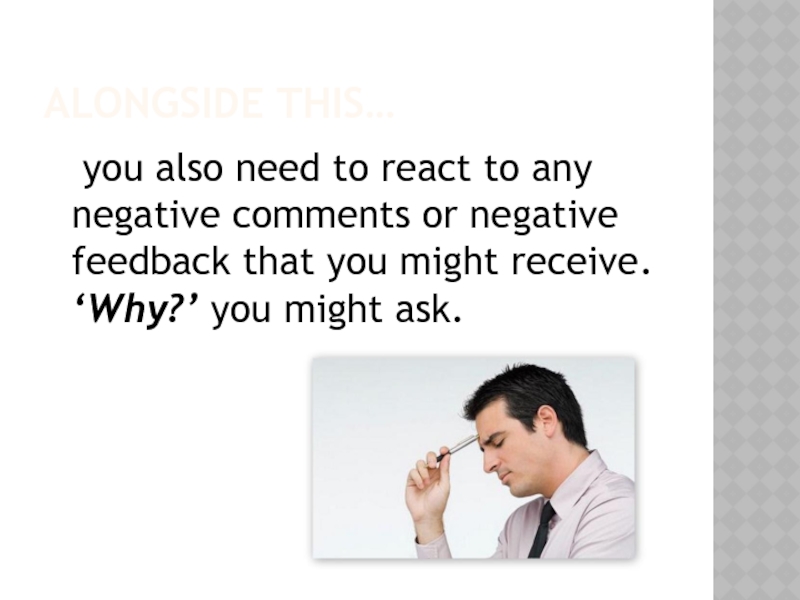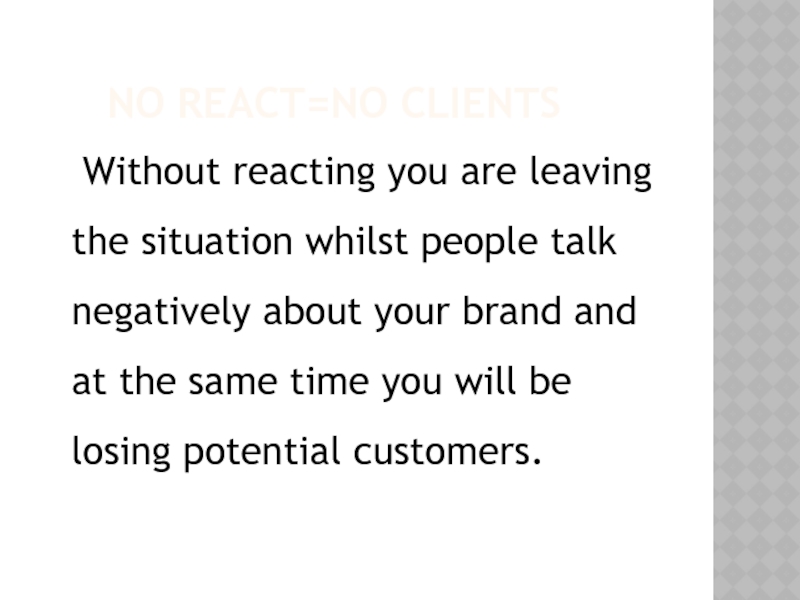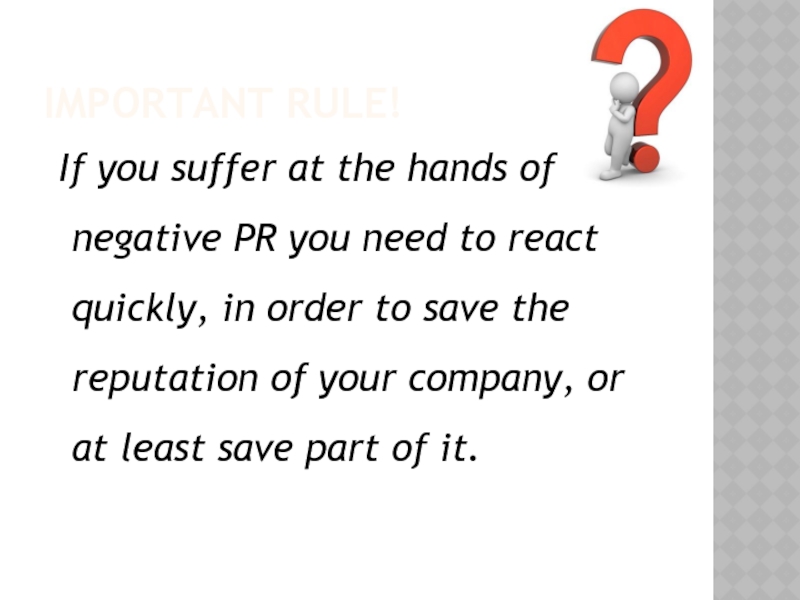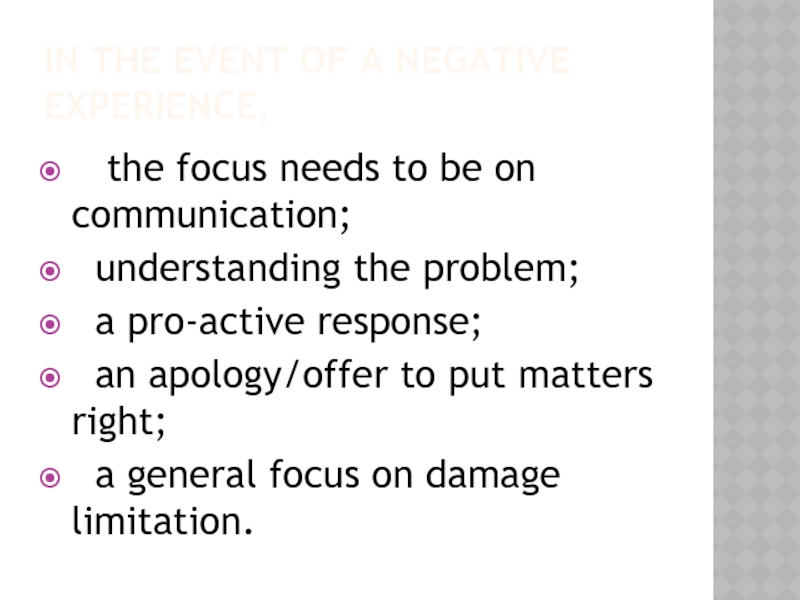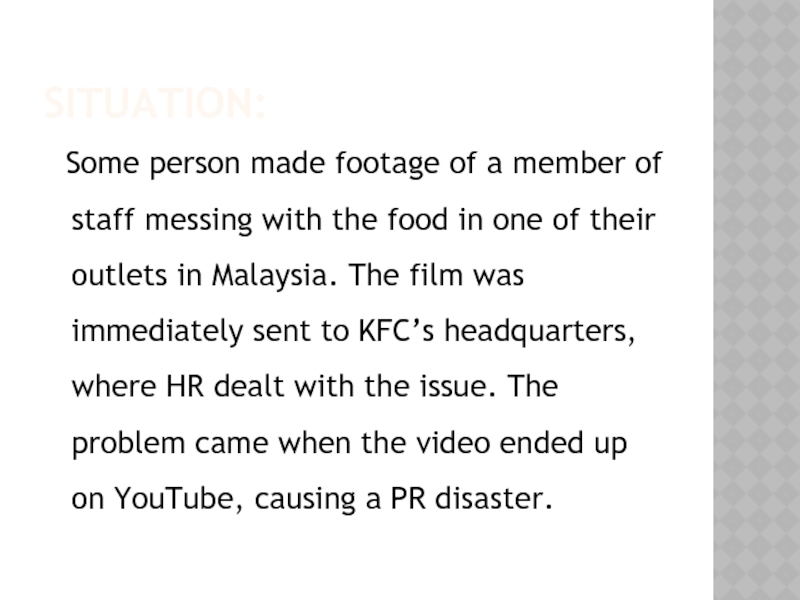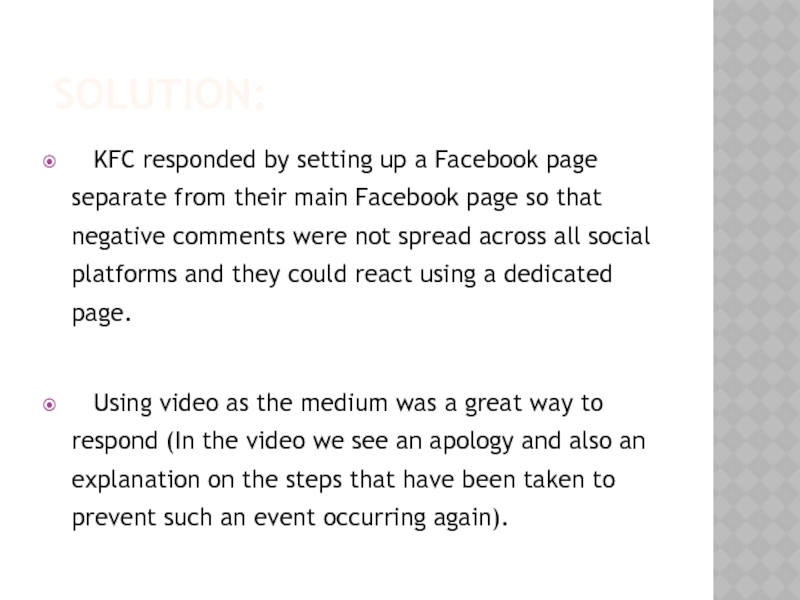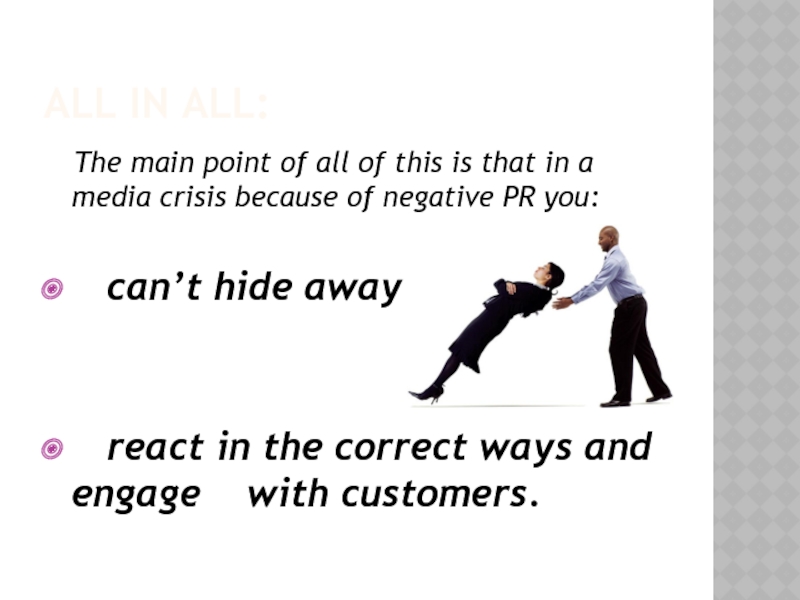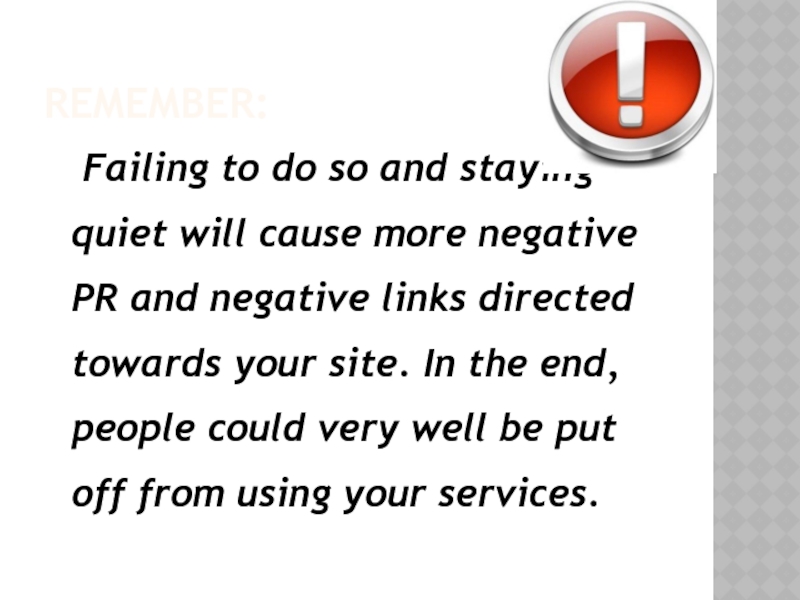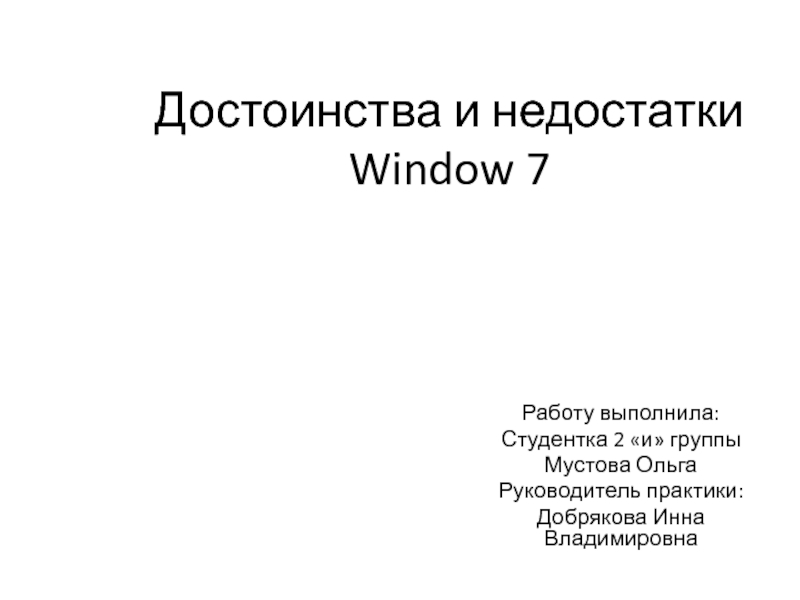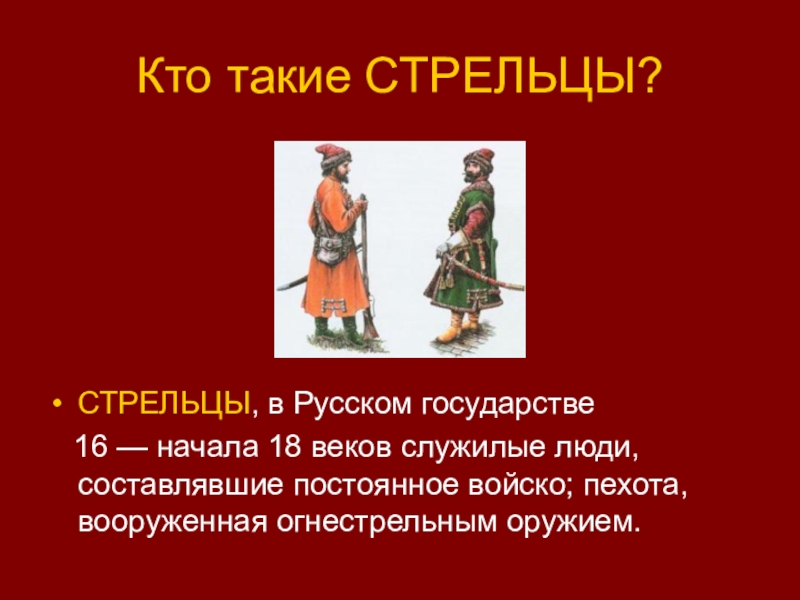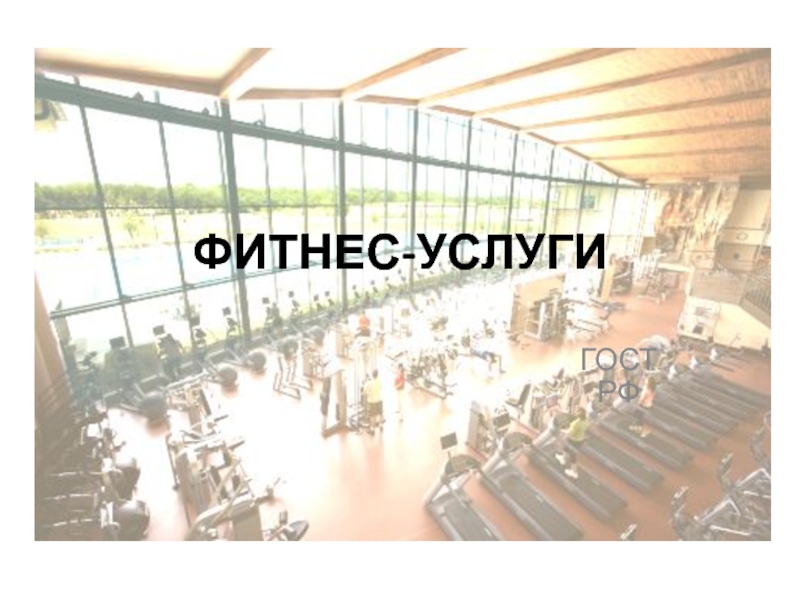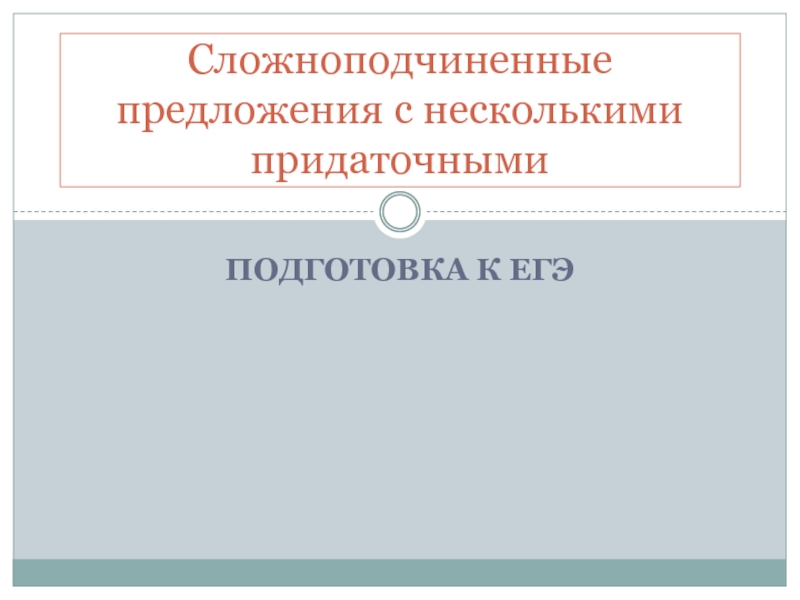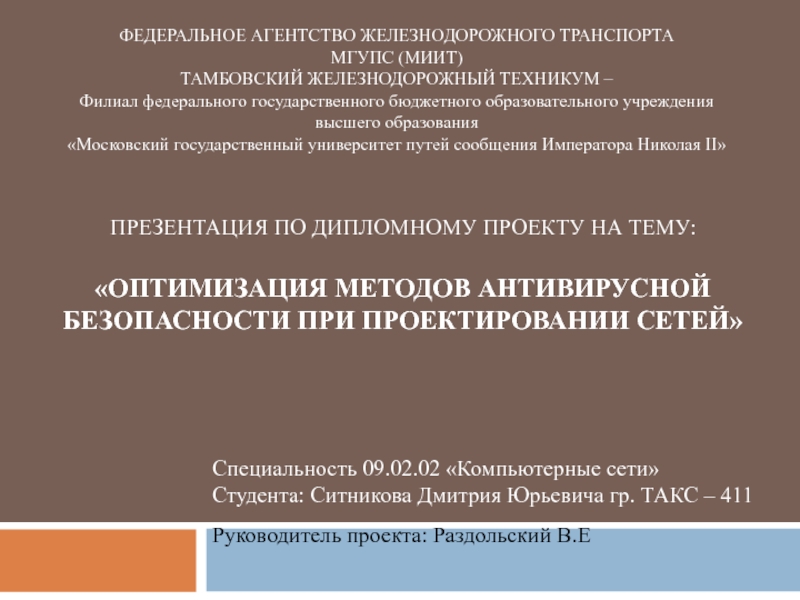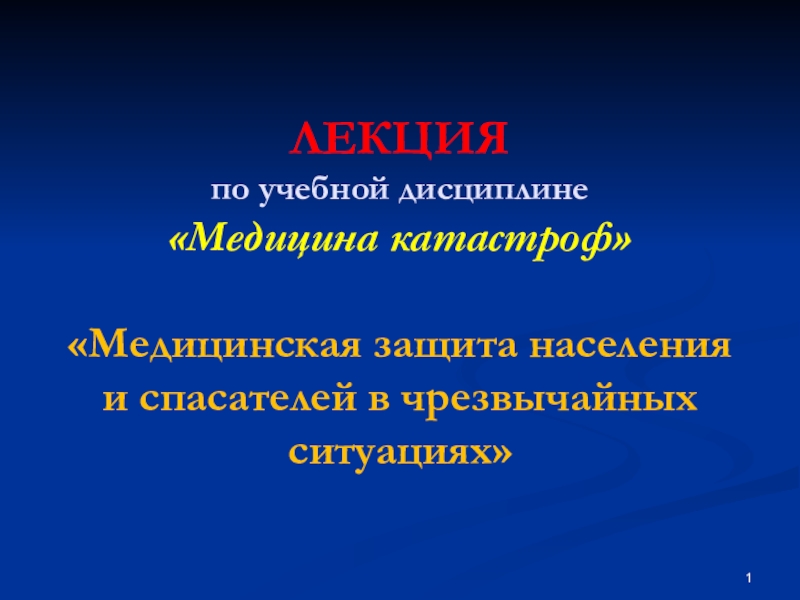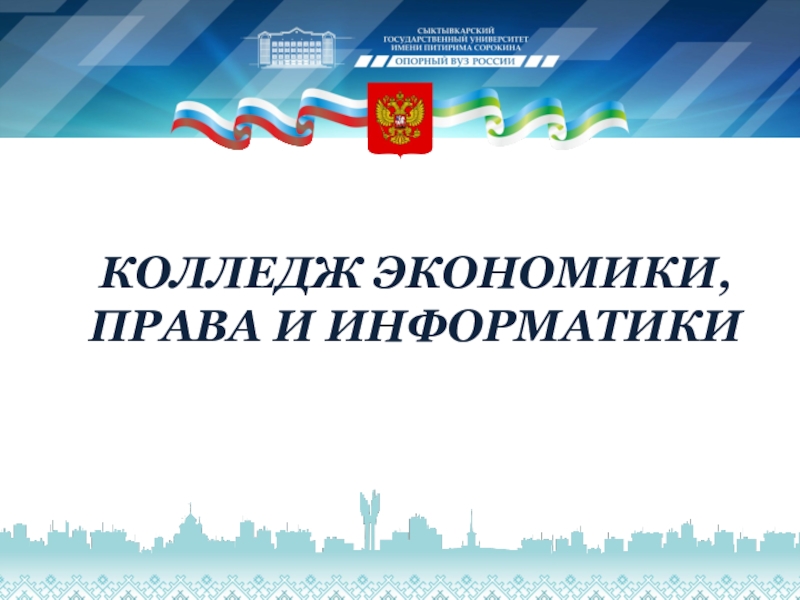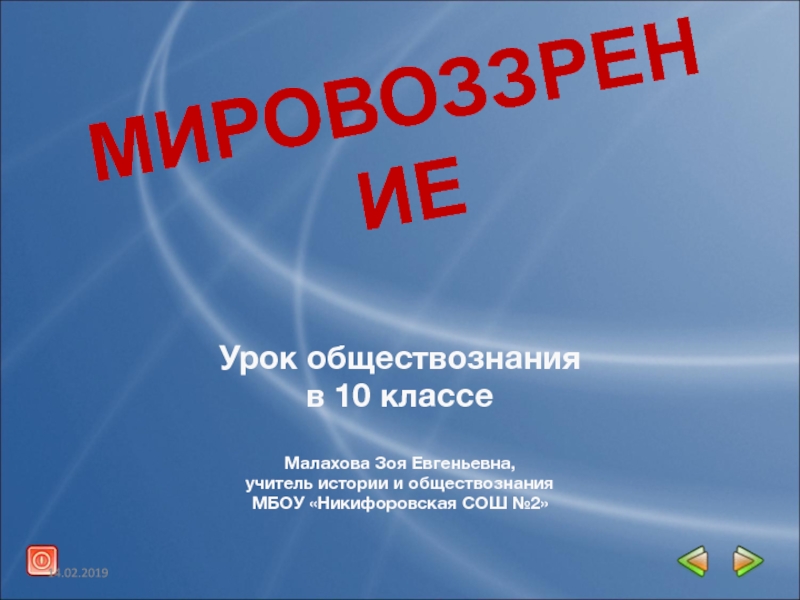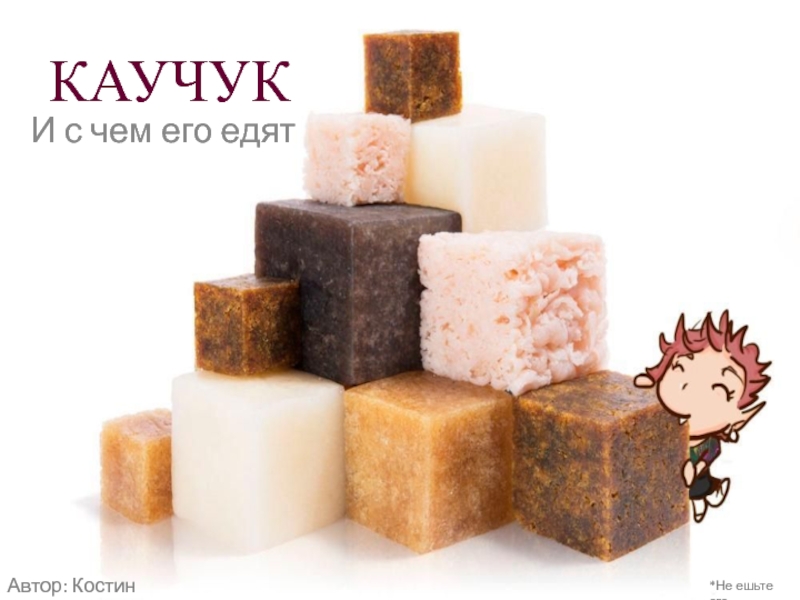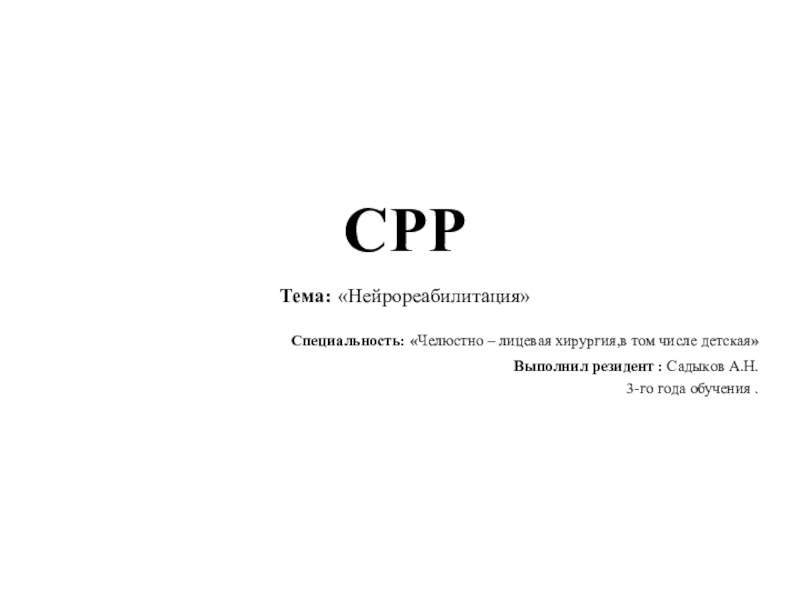Разделы презентаций
- Разное
- Английский язык
- Астрономия
- Алгебра
- Биология
- География
- Геометрия
- Детские презентации
- Информатика
- История
- Литература
- Математика
- Медицина
- Менеджмент
- Музыка
- МХК
- Немецкий язык
- ОБЖ
- Обществознание
- Окружающий мир
- Педагогика
- Русский язык
- Технология
- Физика
- Философия
- Химия
- Шаблоны, картинки для презентаций
- Экология
- Экономика
- Юриспруденция
Negative PR
Содержание
- 1. Negative PR
- 2. Vocabulary:rival ['raɪv(ə)l] -соверник, конкурентindustrial espionage - производственный
- 3. portray [pɔː'treɪ] — изображать, представлятьthreat [θret] —
- 4. Negative public relations, also called dark public
- 5. In other words… instead of concentrating
- 6. The building of a dark
- 7. Traditionally it starts with an extensive information
- 8. Alongside this… you also need to
- 9. No react=no clients
- 10. Important rule! If you suffer at the
- 11. In the event of a negative experience,
- 12. The example of KFC.
- 13. situation: Some person made footage of a
- 14. Solution: KFC responded by setting up
- 15. All in all: The main point
- 16. Remember: Failing to do so and
- 17. Thank you for your attention!
- 18. Скачать презентанцию
Vocabulary:rival ['raɪv(ə)l] -соверник, конкурентindustrial espionage - производственный шпионажsmear [smɪə] — грязное пятноsmear campaign – грязная(дискредитирующая) кампания precise [prɪ'saɪs] — точный, определенныйstakeholder ['steɪkˌhəuldə] — участник совместного дела, пайщикalongside - параллельноwhilst [(h)waɪlst] —
Слайды и текст этой презентации
Слайд 2Vocabulary:
rival ['raɪv(ə)l] -соверник, конкурент
industrial espionage - производственный шпионаж
smear [smɪə] —
грязное пятно
smear campaign – грязная(дискредитирующая) кампания
precise [prɪ'saɪs] — точный,
определенныйstakeholder ['steɪkˌhəuldə] — участник совместного дела, пайщик
alongside - параллельно
whilst [(h)waɪlst] — пока
Слайд 3portray [pɔː'treɪ] — изображать, представлять
threat [θret] — опасность, угроза
limitation [ˌlɪmɪ'teɪʃ(ə)n]
— ограничение
footage ['futɪʤ] — отснятый материал
FAQ (frequently asked questions) –
часто задаваемые вопросoccur [ə'kɜː] — происходить, случаться
competitive intelligence – конкурентная разведка
Слайд 4Negative public relations, also called dark public relations (DPR), is
a process of destroying the target's reputation or corporate identity.
Слайд 5In other words…
instead of concentrating efforts in the
maintenance and the creation of a positive reputation or image
of your clients, the objective is to discredit someone else, usually a business rival.Слайд 6 The building of a dark PR campaign, also
known as a dirty tricks or a smear campaign is
a long and a complex operation.Слайд 7Traditionally it starts with an extensive information gathering and follows
the other needs of a precise competitive research. The gathered
information is being used after that as a part of a greater strategical planning, aiming to destroy the relationship between the company and its stakeholders.Слайд 8Alongside this…
you also need to react to any
negative comments or negative feedback that you might receive. ‘Why?’
you might ask.Слайд 9 No react=no clients
Without reacting you
are leaving the situation whilst people talk negatively about your
brand and at the same time you will be losing potential customers.Слайд 10Important rule!
If you suffer at the hands of negative
PR you need to react quickly, in order to save
the reputation of your company, or at least save part of it.Слайд 11In the event of a negative experience,
the
focus needs to be on communication;
understanding the problem;
a pro-active response;
an apology/offer to put matters right;
a general focus on damage limitation.
Слайд 13situation:
Some person made footage of a member of staff
messing with the food in one of their outlets in
Malaysia. The film was immediately sent to KFC’s headquarters, where HR dealt with the issue. The problem came when the video ended up on YouTube, causing a PR disaster.Слайд 14Solution:
KFC responded by setting up a Facebook page
separate from their main Facebook page so that negative comments
were not spread across all social platforms and they could react using a dedicated page.Using video as the medium was a great way to respond (In the video we see an apology and also an explanation on the steps that have been taken to prevent such an event occurring again).
Слайд 15All in all:
The main point of all of
this is that in a media crisis because of negative
PR you:can’t hide away
react in the correct ways and engage with customers.
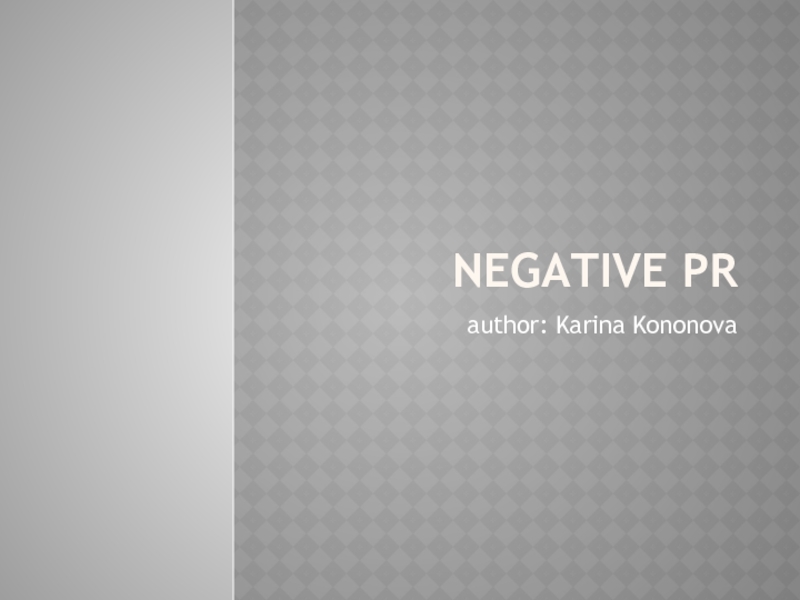
![Negative PR Vocabulary:rival ['raɪv(ə)l] -соверник, конкурентindustrial espionage - производственный шпионажsmear [smɪə] — грязное Vocabulary:rival ['raɪv(ə)l] -соверник, конкурентindustrial espionage - производственный шпионажsmear [smɪə] — грязное пятноsmear campaign – грязная(дискредитирующая) кампания precise](/img/thumbs/cf367ac030e3d41819dcafc53ed4b78a-800x.jpg)
![Negative PR portray [pɔː'treɪ] — изображать, представлятьthreat [θret] — опасность, угрозаlimitation [ˌlɪmɪ'teɪʃ(ə)n] — portray [pɔː'treɪ] — изображать, представлятьthreat [θret] — опасность, угрозаlimitation [ˌlɪmɪ'teɪʃ(ə)n] — ограничениеfootage ['futɪʤ] — отснятый материалFAQ (frequently](/img/thumbs/fa6e849f5c1ebf880b3abdd890102f3f-800x.jpg)
